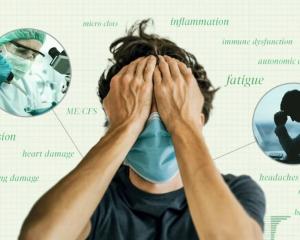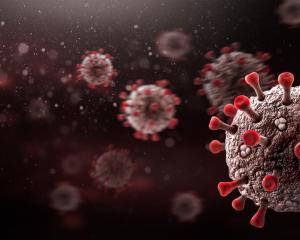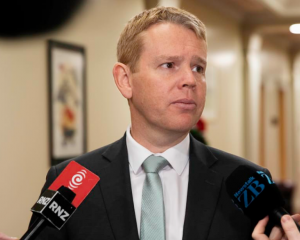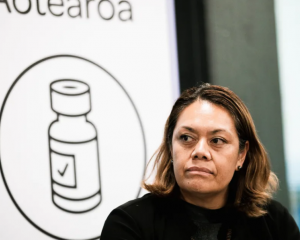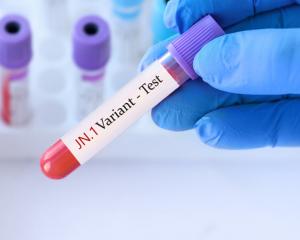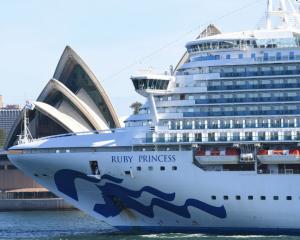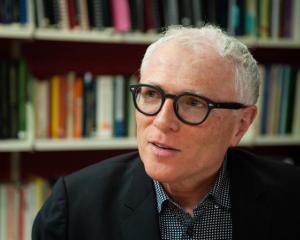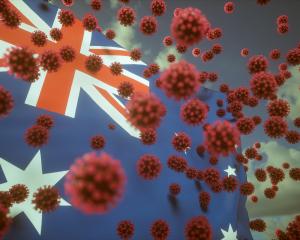Hazardous drinking rates jumped over the Covid-19 lockdown last year, Alcohol Healthwatch executive director Dr Nicki Jackson says.
Her claims are backed up by the Ministry of Health's data on emergency department attendances.
The number of attendances in May 2020 was higher by 200 visits than a year earlier, with roughly 400 more visits in both June and July.
"Twenty percent of New Zealanders increased their consumption at level 4 lockdown, at level 1 that reduced to about 14 percent," Jackson said.
"Not everyone who drank heavily over lockdown sustained that, which was great, but for Māori, 22 percent drank more during lockdown and 22 percent drank more after than before."
The lockdown hike is part of a wider concern over hospital emergency departments being inundated with boozy Kiwis, with a leading doctor saying the true number is even higher than the ministry's data.
According to the ministry, alcohol-related attendances are recorded by DHBs using a system called the "Alcohol Red Flag".
It was first used in 2015/16 by five DHBs, of which four reported events, but more DHBs have since started to use the system, the ministry says.
Data shows the summer months are especially busy for alcohol-related attendances
The most attendances for one month last year were in December, with 3491 reported; however, Dr John Bonning says the real number is much higher.
Bonning, the Australasian College for Emergency Medicine (ACEM) president, says total ED visits are roughly more than a million per annum in New Zealand.
"I would suggest there is a higher impact of alcohol than is indicated by [the] data."
The ministry, which provided the data under the Official Information Act, said the attendances, which included those admitted to hospital and those who were not, "should be interpreted with caution".
Not all the district health boards record ED visits the same way and therefore results among different parts of the country vary.
Bonning says the impact of alcohol on EDs may not be measured as accurately as possible because staff are often busy with other tasks.
"It's a little difficult to put the onus down on the care provider," he said.
In November, an ACEM survey suggested binge drinking is a bigger issue in New Zealand than across the ditch, with local EDs busier than in Australia.
At 2am on December 21, 2019, 16 percent of patients were receiving alcohol-related treatment in New Zealand compared with 13 percent in Australia.
Jackson says while those under the age of 24 years were both drinking less, there was "a phenomenal" increase drinking among older generations.
However, it's still young people who find themselves visiting EDs for alcohol-related issues, Bonning says.
And the doctor doesn't mince his words when addressing the issue: "They put their lives at risk.
"They can choke on their own vomit, often vomit in the emergency department, vomit on staff, and they're frequently abusive and difficult to manage.
"If you end up in an ED as a result of drinking, you are harming not only yourself but others and using valuable health care resources."
In order to best prevent long-term alcohol-related health issues, women should consume no more than 10 standard drinks each week and men no more than 15.

